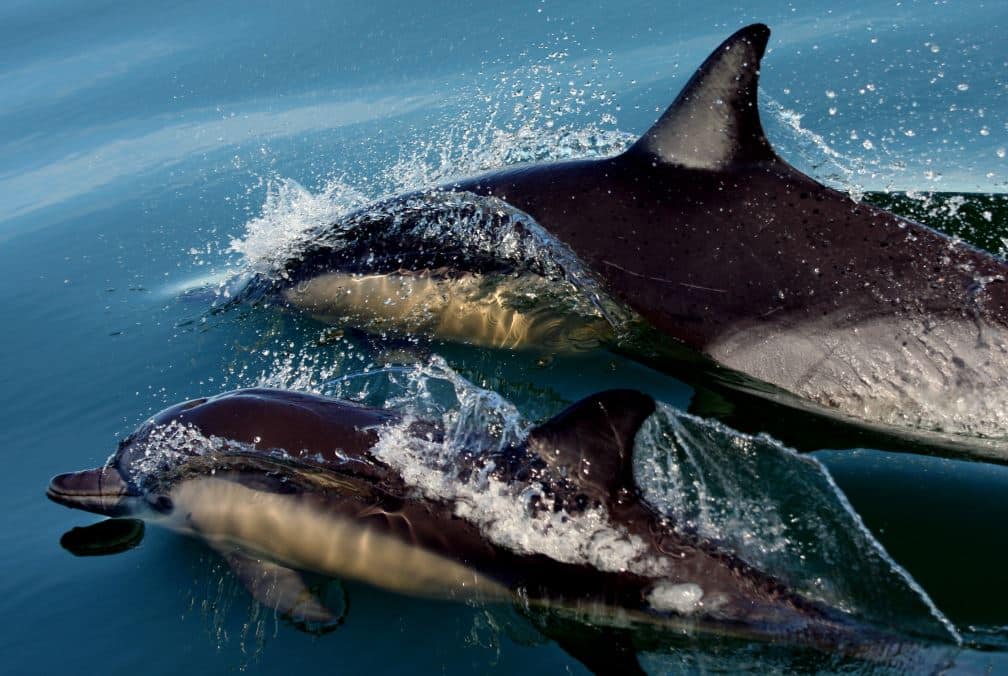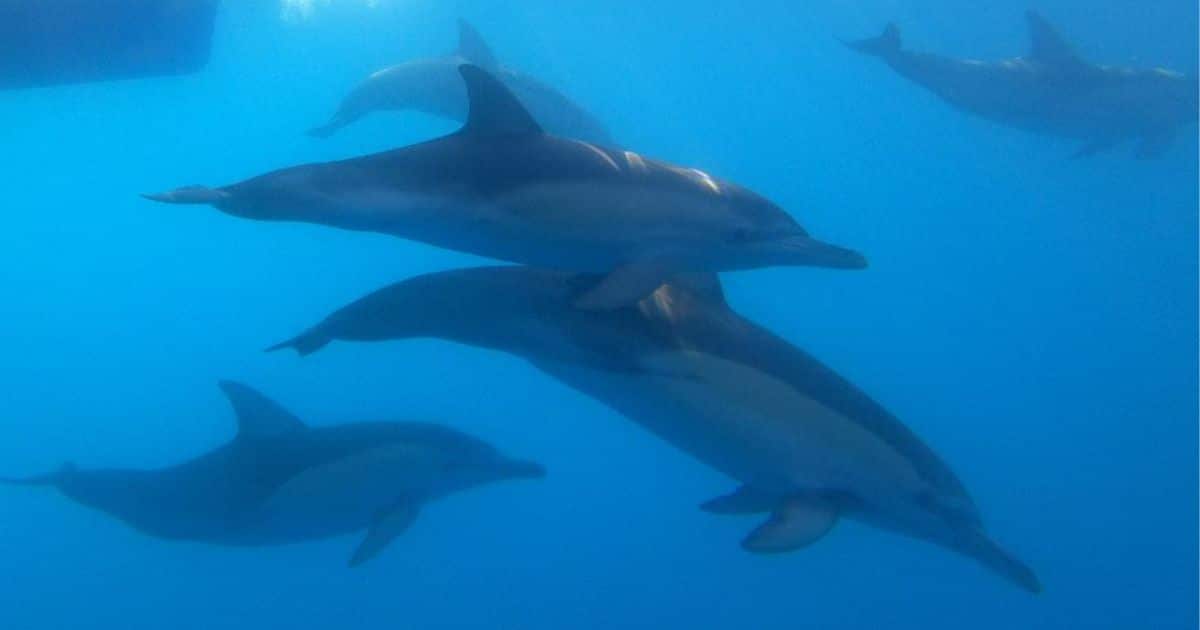The first widespread census of the genetic diversity of common dolphin (Delphinus delphis) populations living along 3000km of Australia’s southern coastline has raised key pointers for future conservation efforts.
The comprehensive Flinders University study calls for more conservation and policy efforts to preserve adaptive DNA diversity and assist connectivity between these dolphin groups. This will support long-term gene flow and adaptation during ongoing habitat changes — including oceanic conditions affected by climate change and human enterprises.
Flinders University researcher Dr Andrea Barceló — first author in the study just published in BMC Ecology and Evolution– says high levels of genomic variation can play an important part in the long-term survival of these wide-ranging marine mammals and other species.
“Information about how the environment affects DNA diversity of marine populations can assist with the population management and in forecasting how they may cope with climate change and other anthropogenic impacts,” says Dr Barceló.
As well, Flinders and Macquarie University researchers say maintaining connectivity can promote long-term genomic variation, which in turn will enhance population viability under anthropogenic impacts, including unfavourable climatic events.
“While so many breeding and feeding conditions are still unknown, it’s important for managers of our coastal environments to consider the importance of DNA diversity, particularly in the event of changes in key environmental conditions such as water temperatures, salinity, and food sources,” adds co-author marine biologist Associate Professor Luciana Möller, from at Flinders University’s College of Science and Engineering.
 Photo courtesy A Barcelo, Cetacean Ecology Behaviour, and Evolution Lab, Flinders University.
Photo courtesy A Barcelo, Cetacean Ecology Behaviour, and Evolution Lab, Flinders University.
The adaptive divergence from more than 200 dolphins showed five dolphin populations from Western Australia to Victoria and compared this with the key environmental conditions and available fish food supplies fuelled by oceanic upwellings and local seasonal circulations.
Genomic variation in dolphins of the southern coast of Western Australia was associated to local currents, while genomic differentiation of common dolphins from sites along the continental shelf break was impacted by fluctuations of primary productivity and sea surface temperatures.
I contrast, genomic differentiation of common dolphins from protected coastal habitats and more enclosed embayment areas was associated mainly with fluctuations in salinity and local environment temperatures.
Such seascape genomic assessment identified candidate genes for future comparative studies of common dolphins and potentially other delphinid species that share similar dynamic environments around the world.
By Flinders University, Flinders University
Journal Reference:
Andrea Barceló, Jonathan Sandoval-Castillo, Chris J. Brauer, Kerstin Bilgmann, Guido J. Parra, Luciano B. Beheregaray, Luciana M. Möller. Seascape genomics of common dolphins (Delphinus delphis) reveals adaptive diversity linked to regional and local oceanography. BMC Ecology and Evolution, 2022; 22 (1) DOI: 10.1186/s12862-022-02038-1

